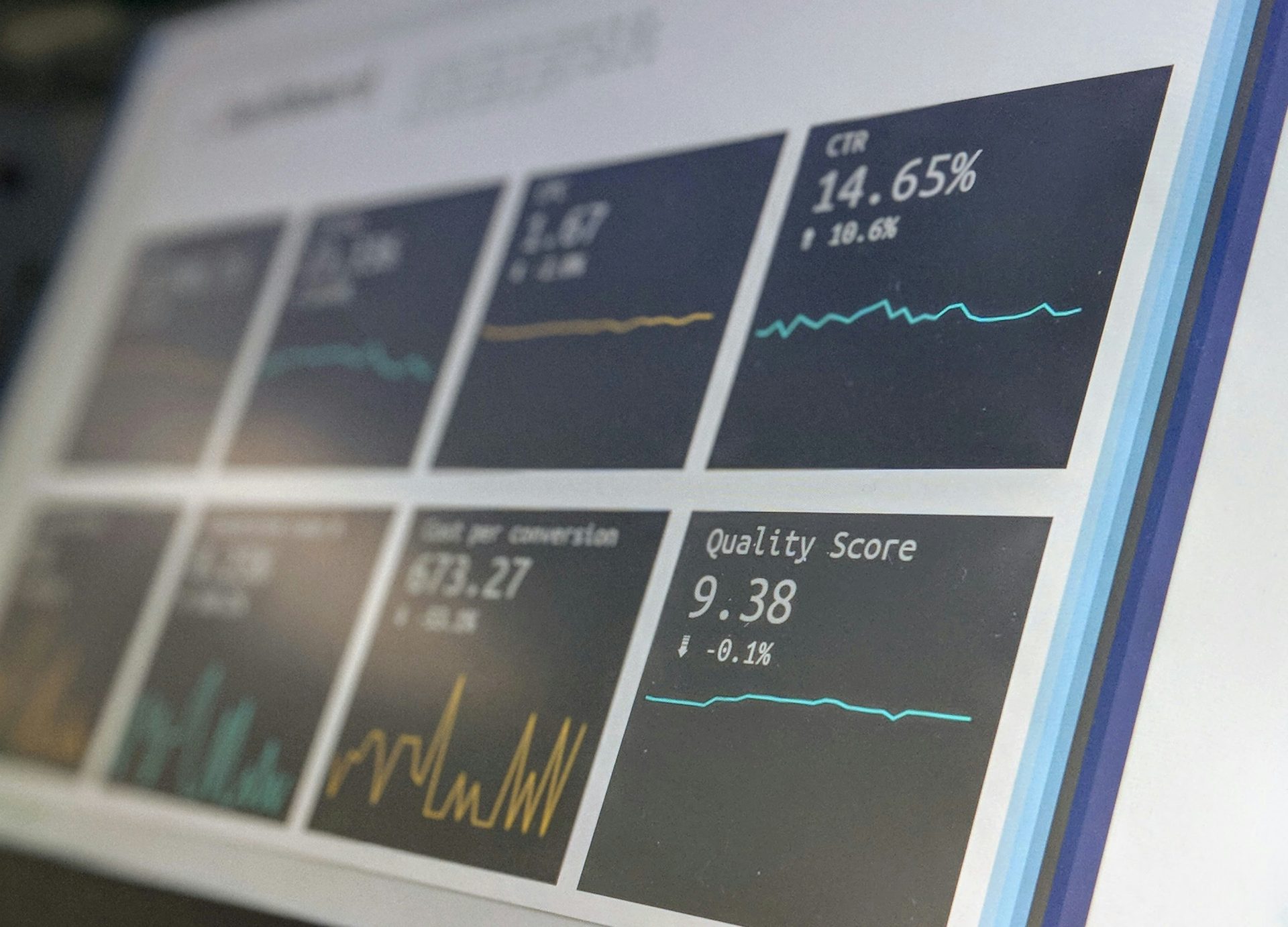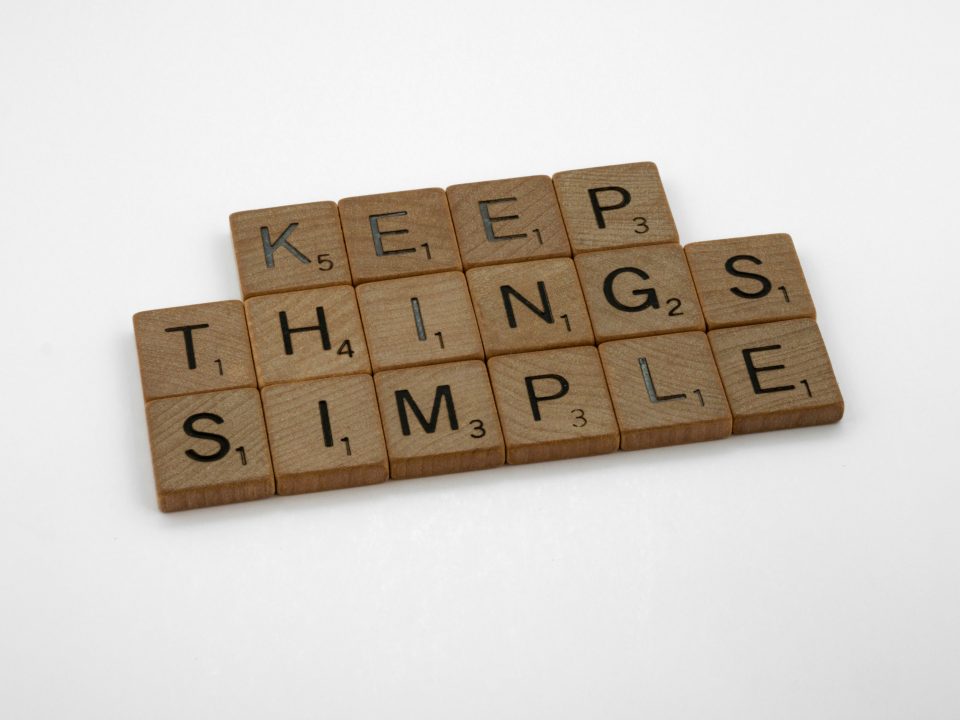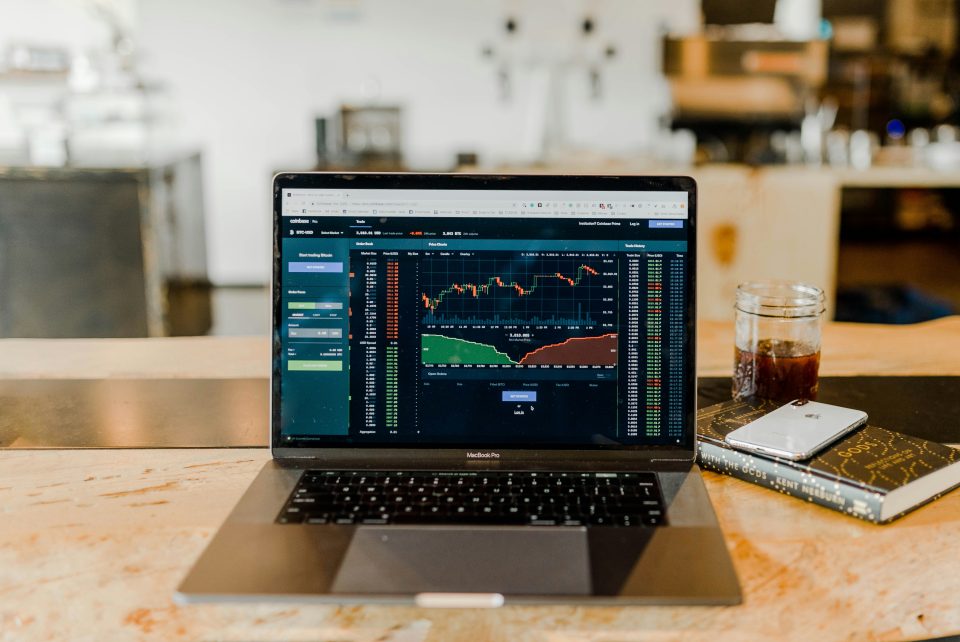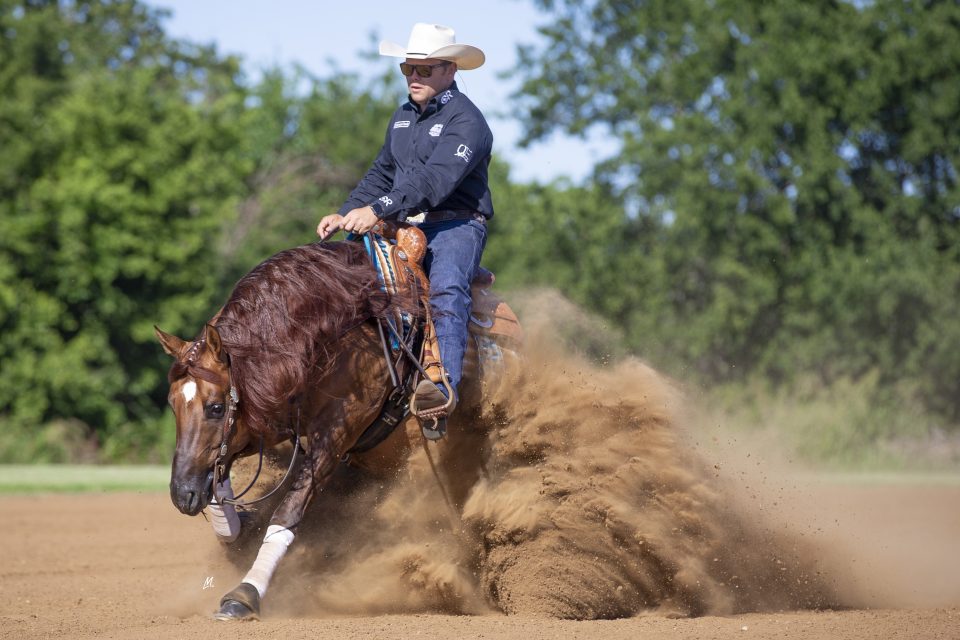It’s important to think outside the saddle to preserve your future.
By Megan Arszman

All it takes is one misstep. One spook. One buck. That’s all it takes to knock you out of commission for a month. Maybe six. Maybe a year. How will you continue to pay the bills and feed the horses when you can’t ride?
Looking farther forward, do you have a nest egg to carry you through retirement, whatever that might look like for you?
These are difficult situations to think about that have made NRHA Professionals such as Casey Hinton and Ryan Rushing realize that being a successful trainer is about more than just riding horses and competing in horse shows.
“I was living and training in Arizona when I had an accident where the horse fell down on me,” Hinton recalls. “It really made me think that if I did get hurt, if I only had one source of income from training, I couldn’t make a living if I got hurt.”
It’s a scary reality that hits many professionals, no matter the discipline. Can you continue to make a living in the horse industry if you have an accident and can’t train? What will you do when you “age out” of your profession? These are topics you must consider—even though their tough to think about.
Part 1: Investing Isn’t a Scary Word
Part 3: Think Outside the Saddle
Part 4: When to Start Investing
Think Outside the Saddle
Investing in yourself as a professional means that you need to take stock in what your interests, strengths, and weaknesses are. For Hinton, it’s not only about being a NRHA Top 20 Rider, but he’s also a Million Dollar Owner. Alongside his wife, Kathy, the Hintons have grown their business in Whitesboro, Texas, from strictly a training facility to breeding, foaling, training, selling, and mentoring. Their move from Arizona to Texas was the spark that started it all.
“We had mares that we had retired, and we wanted to breed, so coming to Texas allowed us to do the training, the breeding, and the selling,” Hinton says. “That’s when we made a way to make a living.”
Hinton points to another professional that doesn’t make his living training, but rather as a breeder.
“Lorenzo Lotti found his niche with standing stallions,” Hinton points out. “The diversity to his business, then, is by hosting sales and marketing other people’s yearlings. So, one time of the year, he has income from the breeding, and the other half of the year he has income from the sales.”
Like the Hintons, Ryan and Amy Rushing invested in property so they can build their business into something sustainable.
“The best long-term investment my wife and I have made has been in our own property,” says Rushing. “It probably took us about 10 years to where we could buy our own facility, but now we own where we live and train out of.”
Rushing points out that owning your own barn and property offers a lot of tax benefits, so it helps professionals to stay on top of their margins. Instead of paying someone else rent, you’re paying a mortgage and adding to your bottom line for years to come.
“I put a lot of time into our property, but it’s also really rewarding because at the end of the day, I know that I’m going to get a return out of it,” he says. “In the three years we’ve owned this place, we’ve built a lot more in equity in that place than I ever could have made training horses in a year.
“It also gives me some cushion to where if I do get hurt and can’t ride for six months, I can lease my place out to someone else or take boarders,” he continues. “I’m then able to keep income coming in. I have some options because of that asset.”
Read the rest of this article at the links above.



